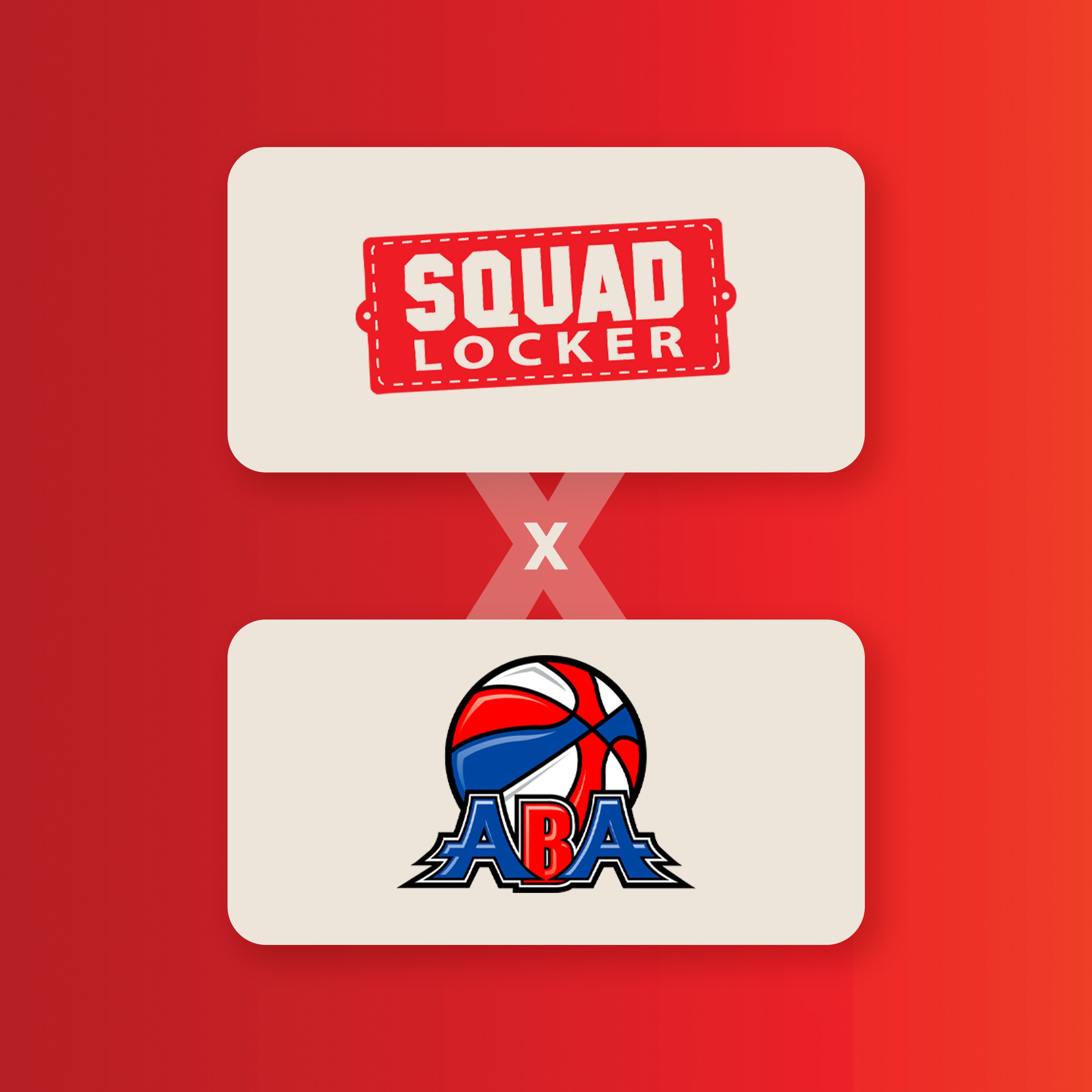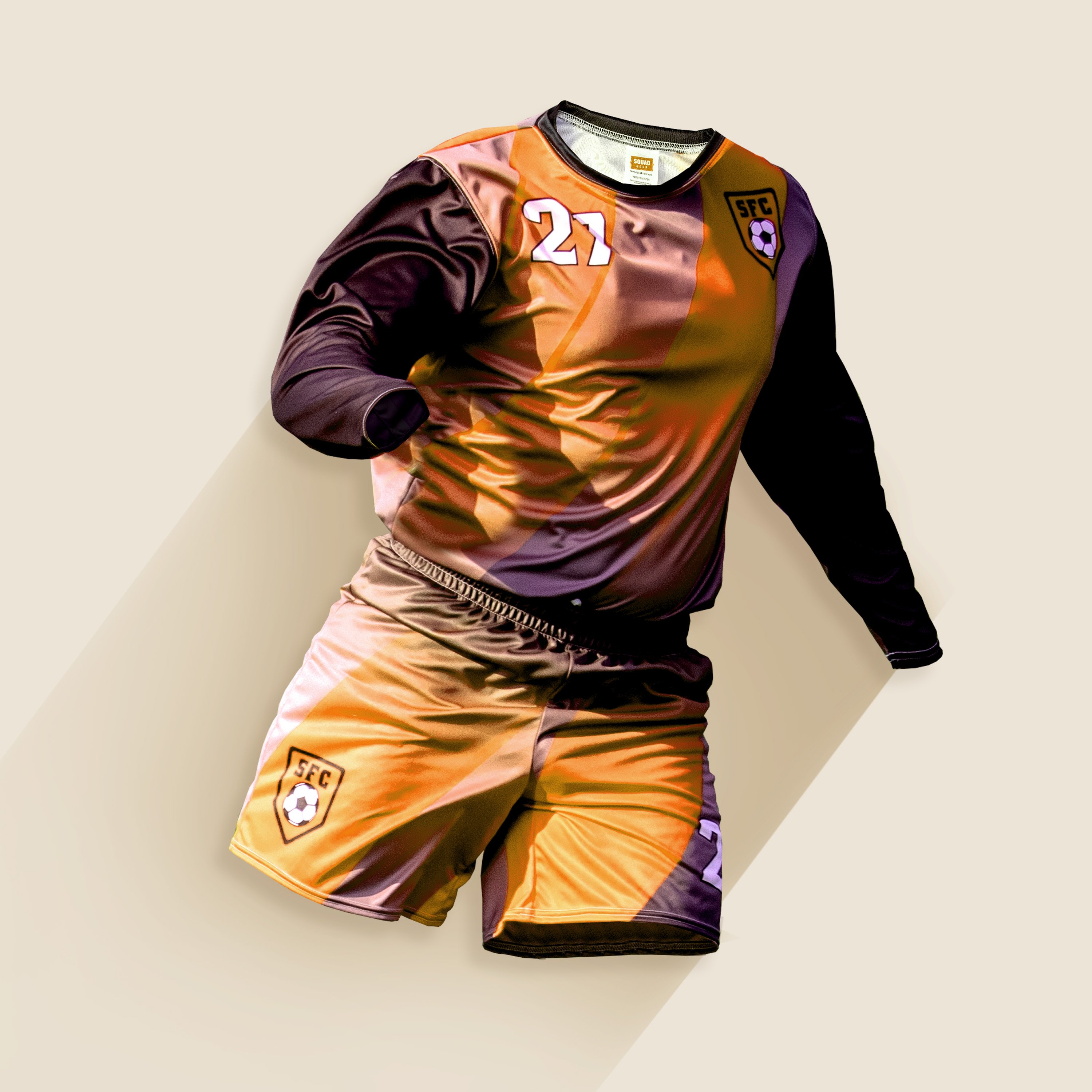The basics in volleyball drills need to concentrate on 5 separate skills. Serving, passing, setting, hitting and blocking. Of course depending on the age group of your volleyball team, hitting and blocking might be difficult, if not impossible to train for. But they will be included here as those disciplines can be eliminated in any drill structure if your players are not tall enough to get their hands over the net.
Serving
Get a player on the service line and let them serve 5 times. Have 3 players on the opposite side of the net , 1 directly in front of the server, and the other two at the far ends of back line.
Tell your server to hit the ball to the open court, and once the ball is served, the closest player retrieves the ball and passes it to the player directly in front of the server who rolls it back under the net to be served again.
Alternate the positions of the back line players to make different openings on the court, and always instruct your server to aim for those areas. This is particularly important on more advanced jump serves.
Passing
In every game you'll get 3 touches on a ball as it comes over the net. Now, there are several passing drills that can be employed, but one of the best is the “pass and move” drill. It works because every ball that comes over the net forces players to move to the ball, and here's how to do it.
Have your players stand in a line a the back of the court. You'll have 2 tossers, 1 tosser will stand in front of the line of players up near the net and the other tosser will stand at the other side of the court.
The first tosser throws the ball to the first person in line, who passes it directly back to the tosser. The passer runs up and touches the toes of the tosser, then retreats on a diagonal until they are in front of the second tosser. The second tosser throws the ball to that person who passes it back, runs around both tossers and takes their place back into the original line. At this point, the next person in line repeats the drill.
Doing this builds stamina and precision when having to pass the ball while moving.
Setting
The Russian Pepper Drill is a classic dig and set drill which uses 3 players, but is alternated with others as the drill progresses.
Players 1, 2 and 3 stand across the court from side to side. Player 2 throws the ball to player 1 who passes the ball to player 3. Player 3 passes the ball back to player 2, who then sets the ball at the net for player 3. Player 3 passes the set ball back to player 1, and the drill begins again with player 1 now taking the position of player 2.
Hitting
The attack is a run to the net during the set for a killer spike hit from the setter.
This is a 3 step approach shot that begins with an opposite step to your hitting hand. For example, if you are a right handed player, while moving towards the net you take your first small step with your left foot. Bring your arms out behind your back and take the next larger step with your right leg. The final step is with your left leg as you get both feet together in a crouch. The setter sets the ball while the hitter explodes upwards while bringing their arms forward and back over their head for the spike over the net.
Blocking
Defense begins with blocking, and that takes place at the net. Position yourself or a player at the net with slightly bent knees, hands head high and fingers spread wide for maximum area coverage. From this position, explode upwards and once your hands are over the net, pretend to push the ball backwards as if it was hitting your hands.
Land softly with knees bent in a ready position for the next block.
Of course, in a small article like this, we cannot possibly cover every drill and technique associated with volleyball training. So consider these the basics. They will work for every coach from youth volleyball all the way up to college and the pros.
Share this Story


.jpg)







